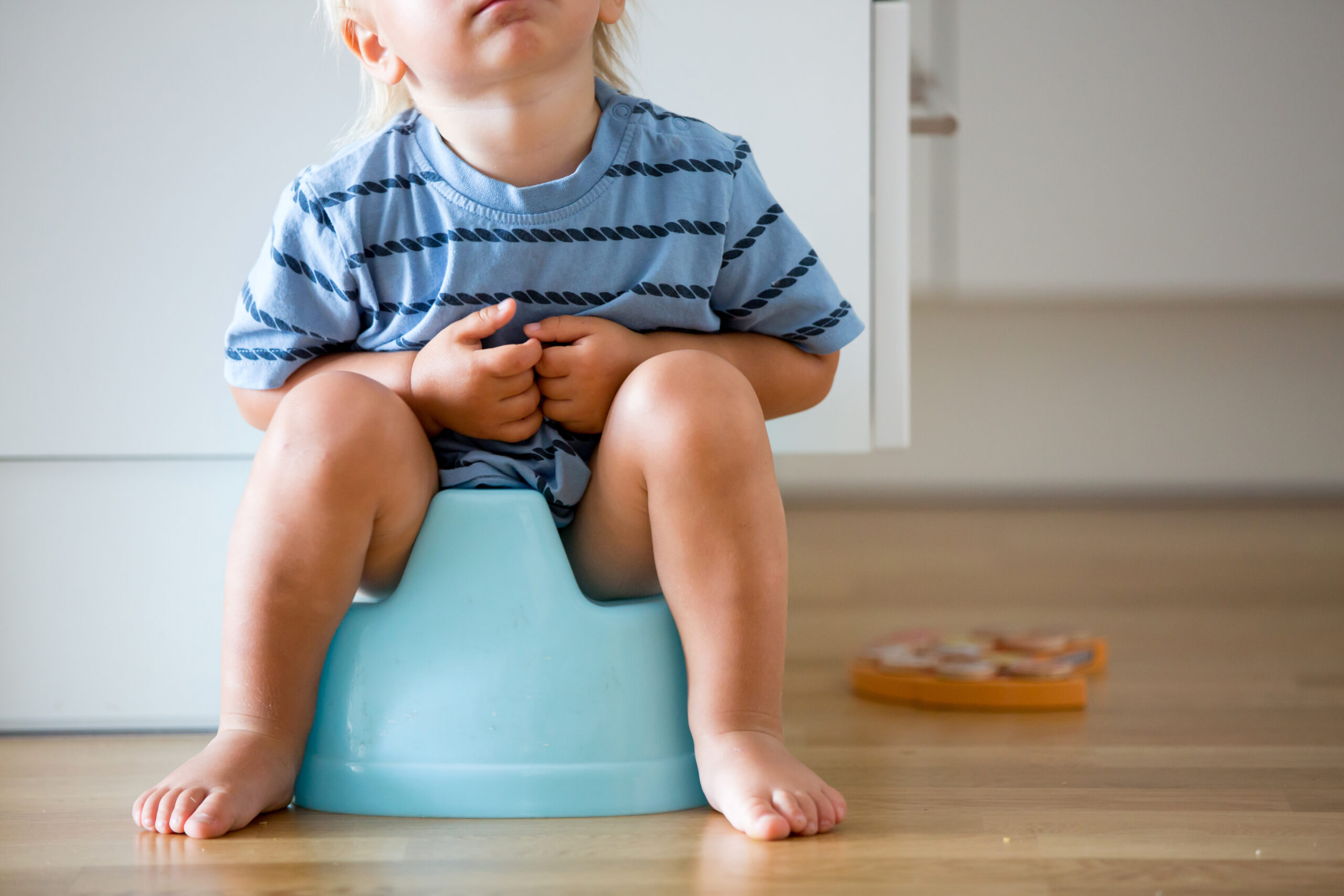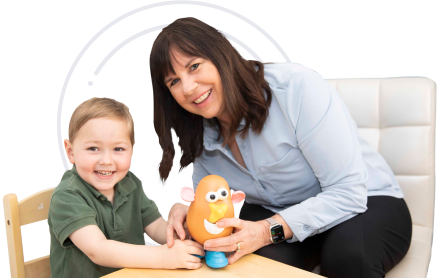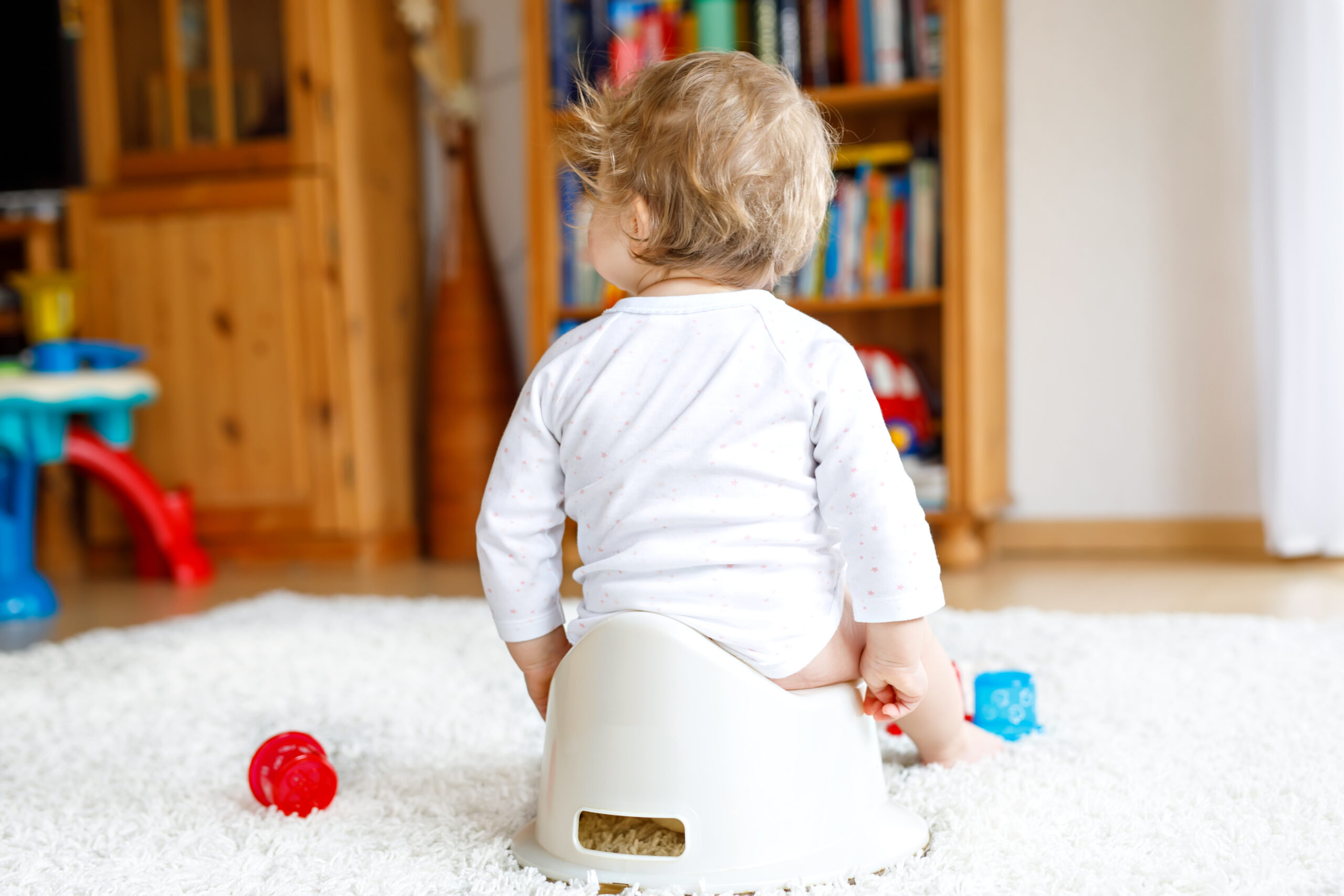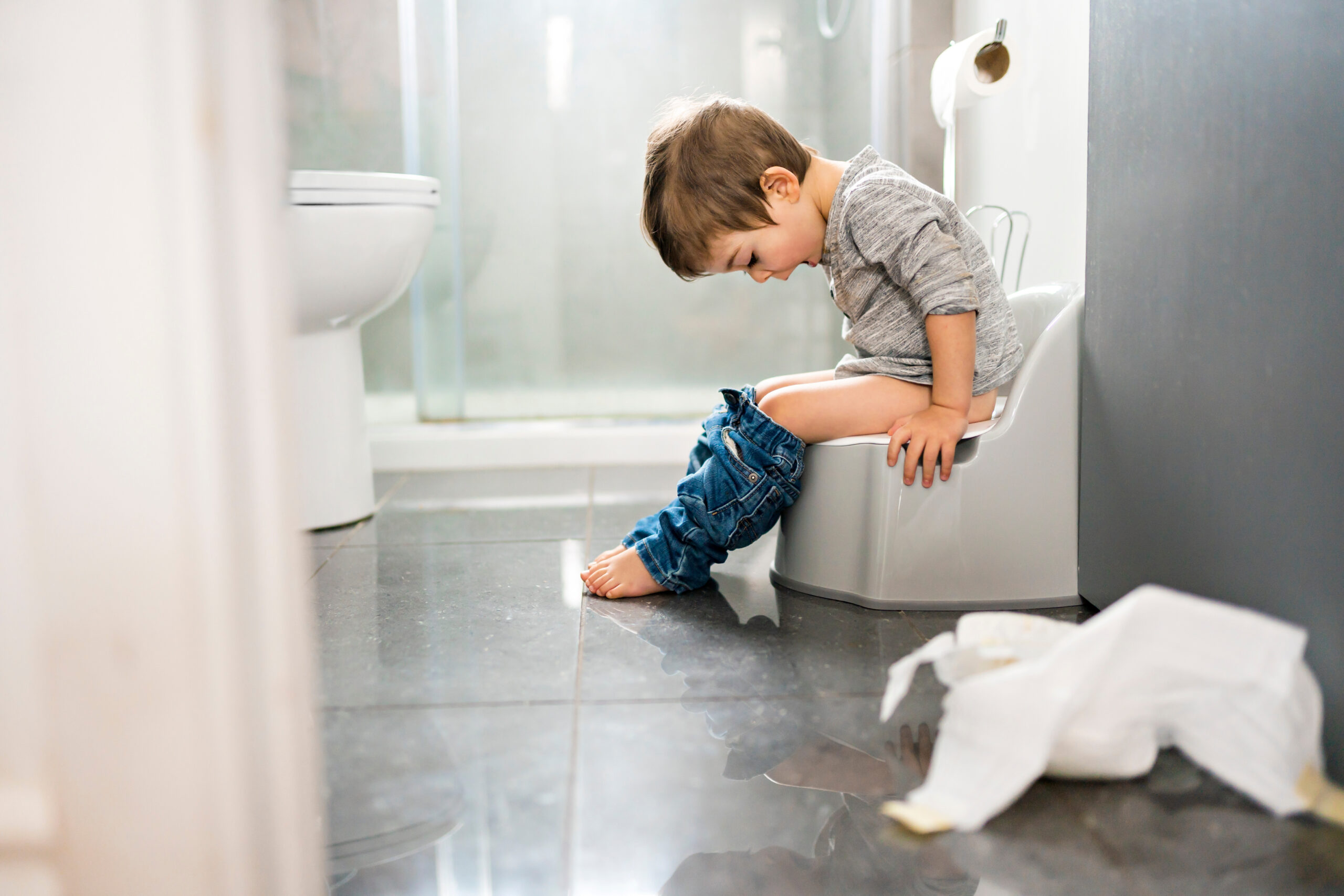Potty training can be challenging for any parent, but if you’re facing difficulties with potty training a child with autism, you’re not alone. Many parents of children with autism struggle with potty training, and this often coincides with other developmental concerns.
In this blog, I’ll share some key insights that will help you navigate this process. If you want a deeper dive into potty training strategies, you can grab your copy of the ebook at no cost from marybarbera.com/potty.
Each week, I share strategies to help parents and professionals support children with autism, so if you haven’t already, subscribe to my YouTube channel, where thousands of others are learning to turn autism around.



